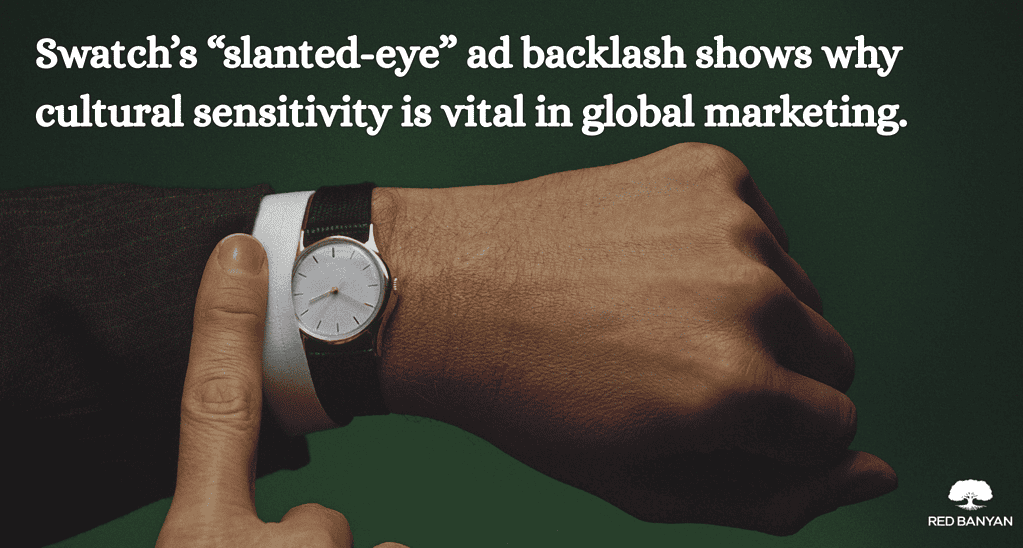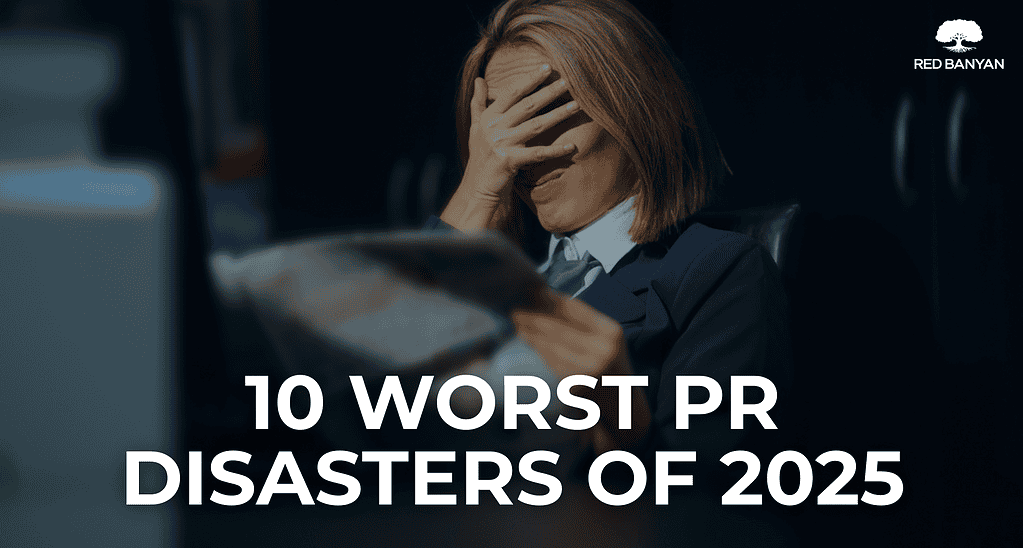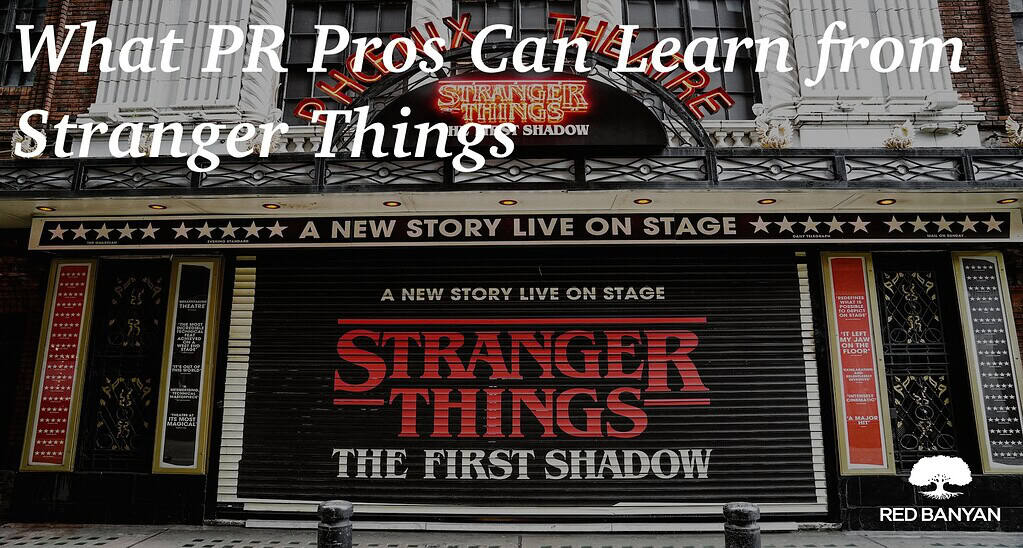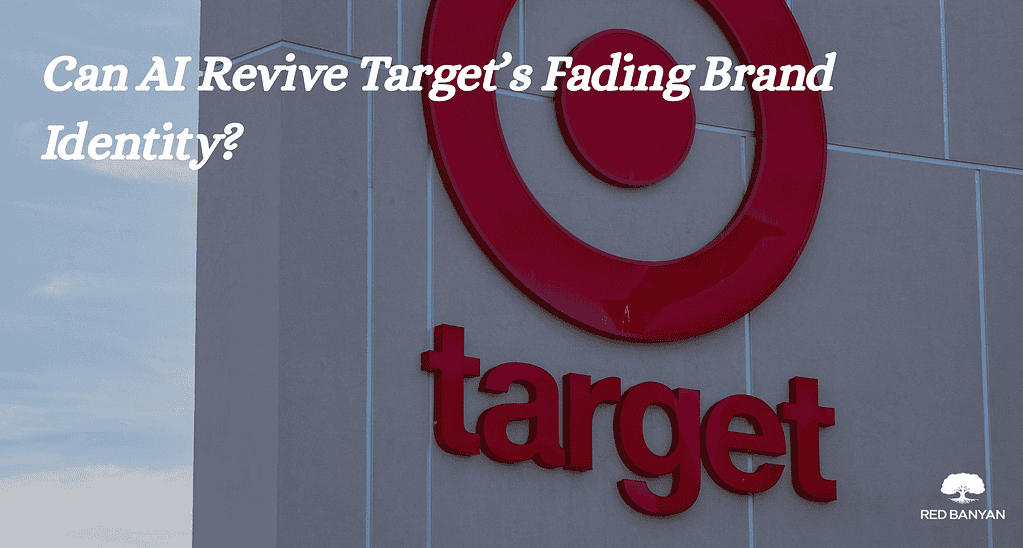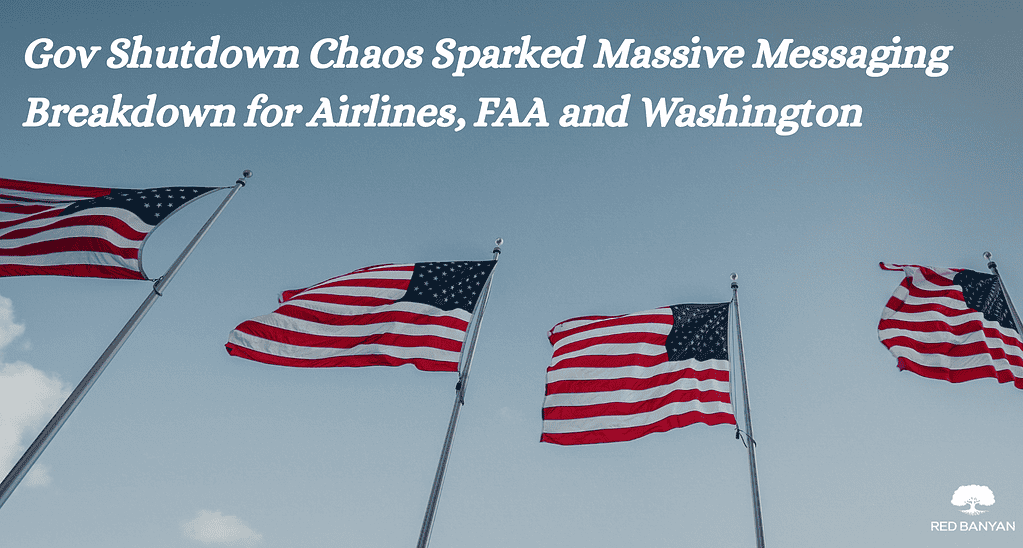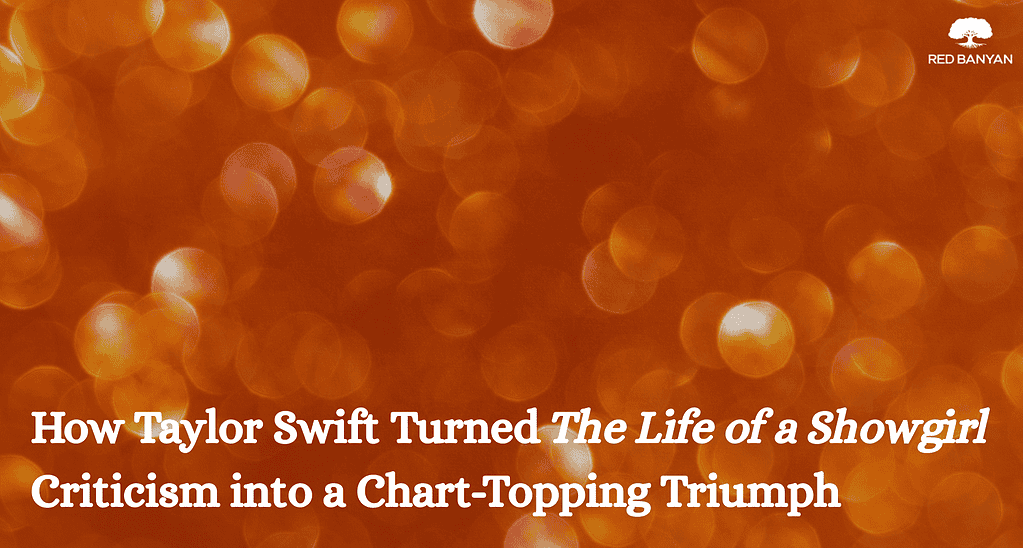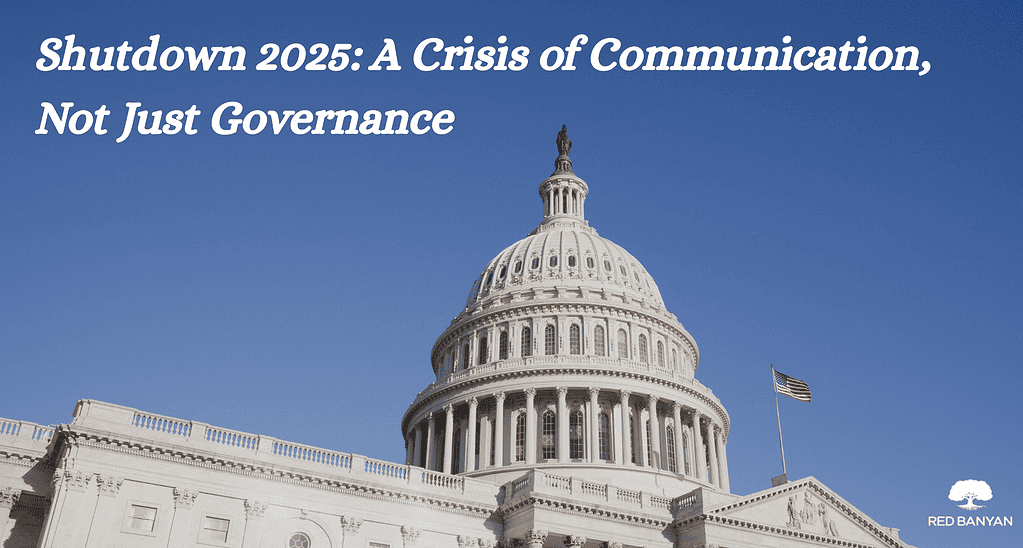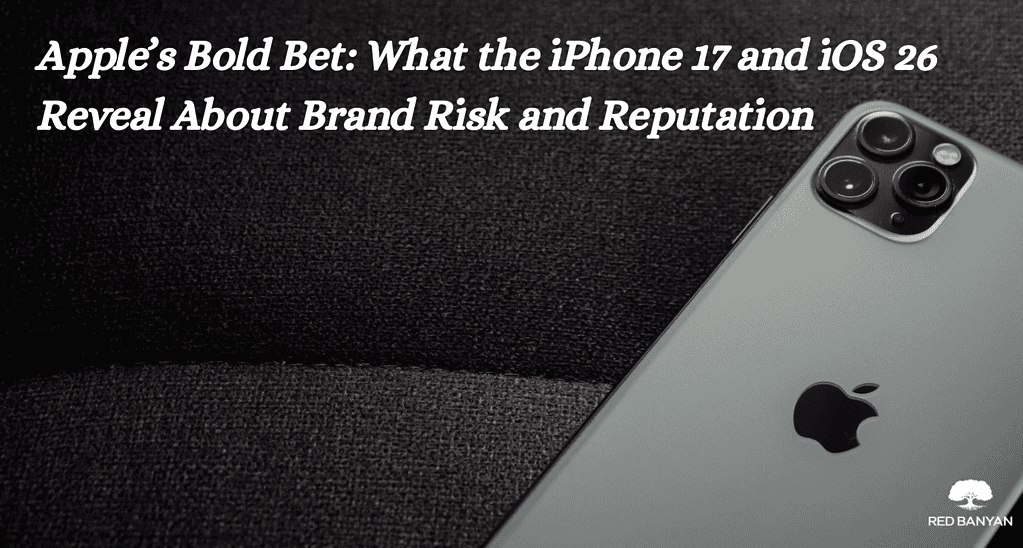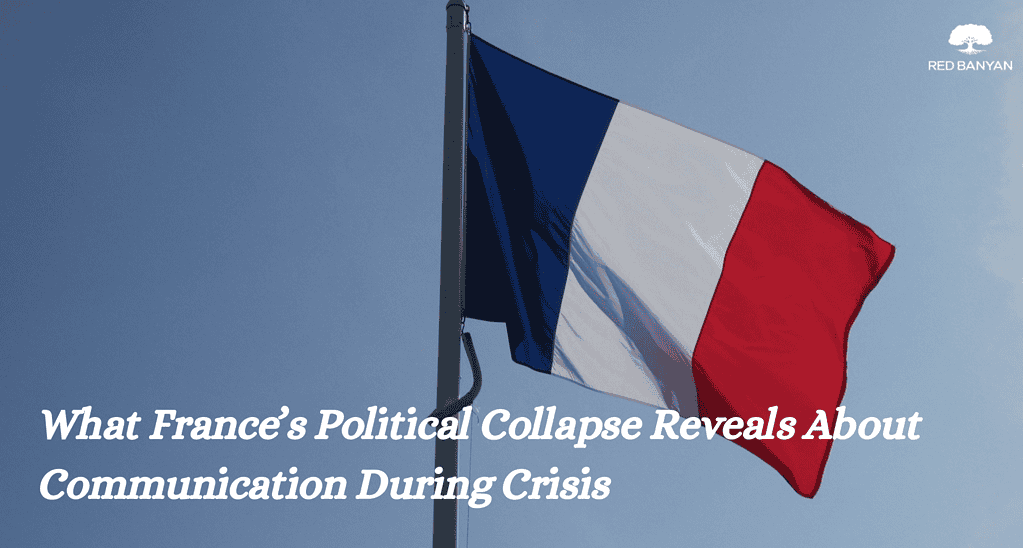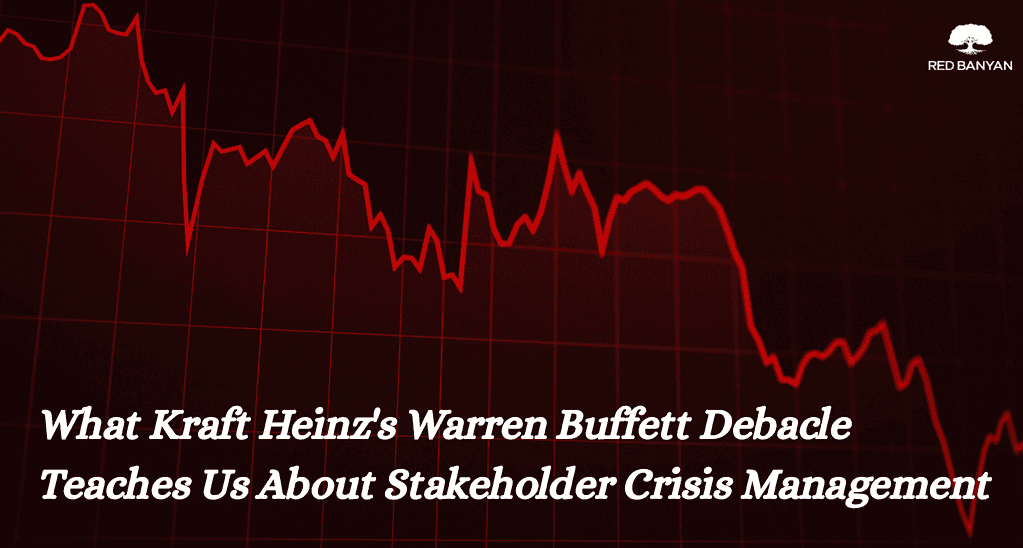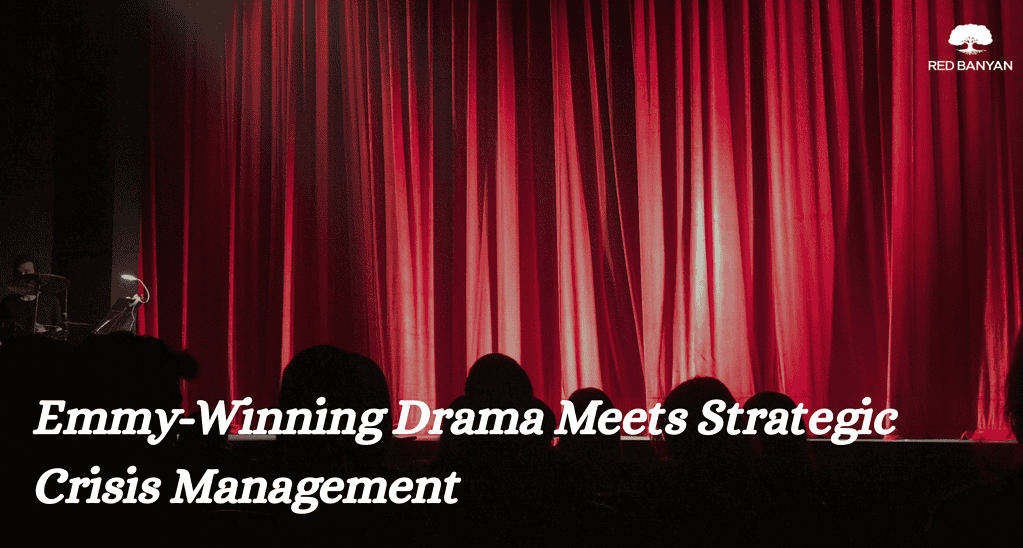A Costly Mistake in a Globalized World
Swatch, the iconic Swiss watchmaker, is no stranger to creative, bold advertising. However, the brand’s recent campaign featuring an Asian model pulling the corners of his eyes, often used as a racial stereotype, sparked massive backlash, particularly across Chinese social media platforms. The ad, part of Swatch’s Essentials collection, quickly went viral and drew widespread condemnation for perpetuating a harmful racial stereotype. In just a matter of hours, Swatch found itself at the center of a brand crisis, with social media backlash intensifying quickly across Weibo and other platforms.
The gesture, intended by Swatch to show a playful or edgy aesthetic, was perceived by many as a deeply offensive racial symbol. What may have seemed harmless to some quickly highlighted the importance of cultural sensitivity in marketing, especially in a globally connected world where consumer perception and brand trust can be shattered in an instant. This misstep became a glaring reminder that cultural awareness in advertising isn’t optional for global brands.
The Power of Social Media Backlash
The firestorm began on platforms like Weibo, China’s equivalent of Twitter, where users and influencers quickly expressed their anger. The model’s gesture, intended as a quirky, edgy visual, was interpreted by many as reinforcing harmful stereotypes about Asian people. Swatch’s failure to recognize the potential offense of this gesture was compounded by the fact that such imagery has been used historically to dehumanize and ridicule Asian communities. The controversy quickly escalated, with calls for a boycott of Swatch and its affiliated brands, including Omega, Tissot, and Longines.
Swatch acted quickly, issuing a public apology, stating, “We sincerely apologize for any distress or misunderstanding this may have caused,” and reassuring consumers that the campaign was removed globally. However, by the time the brand responded, the damage had already been done. In today’s digital world, where viral content can escalate at lightning speed, managing social media backlash is no longer just about responding, it’s about preventing such blunders from happening in the first place.
The Timing of the Misstep: Financial Fallout
Swatch’s mistake wasn’t just a public relations issue, it was a financial one. China, along with Hong Kong and Macau, constitutes roughly 27% of Swatch’s total revenue. At a time when the luxury goods market is already feeling the pressure of geopolitical tensions and marketing challenges, this PR blunder came at a particularly damaging time. Swatch had already reported a 14.6% drop in sales in the first half of the year, a decline attributed to slower demand in key markets. The Chinese market, a pillar for luxury brands, is now questioning Swatch’s commitment to cultural literacy.
This situation underscores the financial implications of cultural insensitivity in luxury marketing. When global brands fail to recognize local sensitivities, they risk losing their place in key markets. In Swatch’s case, the damage to their brand equity in China could have long-term repercussions, especially when rebuilding trust after a PR disaster becomes a complex and costly process.
Lessons for Global Brands: Cultural Sensitivity is Key
This incident should serve as a critical learning moment for brands in the global market. Cultural sensitivity in marketing must be at the forefront of every global brand’s strategy. Swatch’s failure to understand the significance of the “slanted-eye” gesture, which carries historical weight, exposed the risks of operating without a comprehensive understanding of regional cultural nuances. What seemed like a harmless creative idea ultimately alienated a large portion of Swatch’s target market.
Brands must prioritize cultural literacy in every stage of their marketing campaigns. This requires not only avoiding racial stereotypes but also creating content that resonates with the values of diverse consumer bases. Understanding Chinese consumer preferences and the cultural context surrounding certain symbols is essential for avoiding such mistakes. As global marketing becomes increasingly interconnected, the need for cultural awareness in advertising has never been more critical.
The Price of Ignorance: The Digital Age Amplifies the Consequences
One of the most alarming aspects of Swatch’s crisis is how quickly it spread online. In the digital age, a single marketing misstep can explode into a global marketing issue, fueled by the rapid spread of information across social media platforms. Swatch’s ad, though initially meant to promote their Essentials collection, quickly became a lightning rod for criticism. The viral nature of social media meant that Swatch’s failure to manage its content carefully was amplified, and the brand became a target for online mobs calling for a boycott.
This incident highlights how digital backlash can severely impact global brands. In today’s age of interconnected platforms and instant information, a brand’s marketing campaign can be torn apart before it even reaches its intended audience. This makes brand reputation management an even more crucial aspect of global marketing strategy.
Swatch’s cultural misstep should serve as a cautionary tale for all global brands. Cultural awareness in advertising is no longer a nice-to-have, it is essential. A failure to understand the cultural sensitivities of your audience can lead to brand fallout that impacts more than just your reputation. In Swatch’s case, the company is now tasked with recovering from the damage to its brand equity in China and beyond. For other global brands watching, this incident is a powerful reminder: managing cultural insensitivity must be at the core of your global marketing strategy.
As Swatch recovers, they must commit to not just reactive apologies but proactive measures to ensure cultural literacy is embedded in their marketing campaigns moving forward. In a world where consumers are increasingly vocal and interconnected, brands that fail to respect cultural sensitivities risk alienating their most loyal followers and jeopardizing their long-term success.
In today’s fast-moving digital world, crisis PR agencies like Red Banyan are essential in helping brands manage reputational risks, navigate media scrutiny, and execute real-time damage control to protect their image.

